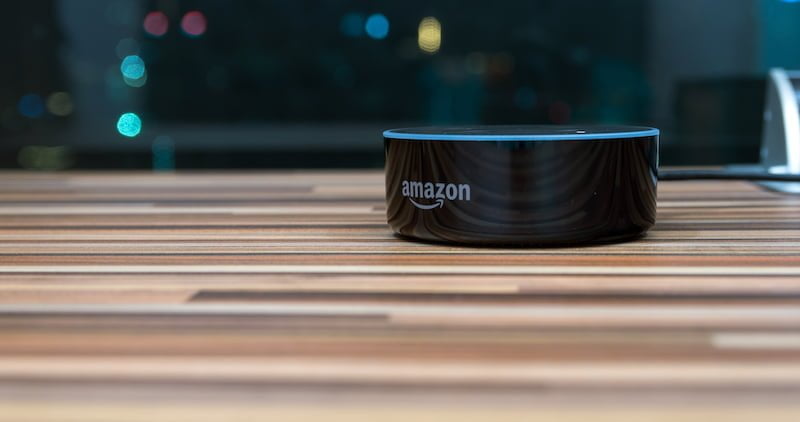Gaining momentum and building its reputation as the summer version of Black Friday, this year’s Amazon Prime Day is expanding to about a day and a half, and is once again creating a vortex of excitement pulling in both shoppers and the media. There are a few fascinating things about this shopping holiday which debuted just 3 years ago:
- One of the most intriguing moves is Amazon’s push to accelerate consumer adoption of new technologies including Dash buttons and Alexa-powered shopping by voice, an initiative they began during last year’s event. After a hot holiday selling season, market penetration of Echo devices is now estimated at nearly 10% of US households. That’s 13 to 15 million of the little guys out there waiting to hear “Alexa, what are your deals?”
- The good news is that all retailers benefit from the halo effect of shoppers going online in the middle of what is traditionally the slow summer period, regardless of whether they explicitly try to take advantage of this new retail holiday or not with their own sale events. It’s definitely a case of a rising tide lifting all boats.
- Although discounts and assortment are still the core of the event, Amazon is making more overt efforts to incentivize members to take advantage of ALL the benefits of Prime membership including its entertainment services, same-day delivery and other added-value benefits beyond 2-day delivery.

A quick analysis of the offers on Amazon’s home page, as well as their daily themes leading up to the official Prime Day start, clearly outlines their strategic priorities:
- Early access to the sale a full 5 days before Prime Day, exclusive deals and $10 credit for ordering via Alexa.
- $20 off Prime Now orders: “everyday essentials” including groceries & consumables delivered within a 2-hour window.
- $10 credit for streaming Prime Video to the TV for the first time.
- Twitch offer of in-game premiums and ongoing “loot” for subscribers.
- Encouraging download of the mobile app by promoting deal notifications.
Regardless of how successful these incentives are on Prime Day (apparently last year’s $10 Alexa offer only garnered 80k orders, at least partly due to a much lower penetration of the devices at that time), this is still a very smart long game. In the battle to become the dominant voice assistant among Siri, Google and Cortana, solidifying consumer adoption of Alexa for shopping is critical to ultimately owning the gateway. And though Prime is inherently a loyalty program, $99 can still seem like a lot for just 2-day shipping. By encouraging members to utilize all the benefits of the service, Amazon is increasing the value to its members so it can continue to maintain its incredible 91% retention rate for the program (even if they were to raise the annual fee again), as well as ensuring customer advocacy.
Recommended for You
Webcast, July 19th: The Blueprint to Build Trust in a Digital World
Make yourself a habit and it becomes very difficult to quit you.
Other retailers and brands can take an important tip from this strategy. Instead of a race to the bottom on price (which was Amazon’s original strategy but even they have shifted away from), focus instead on developing and encouraging understanding of long-term, holistic value you provide to your customers to win beyond today. This is classic behavioral economics: make yourself a habit and it becomes very difficult to quit you.
This article was originally posted on the Narvar blog.
